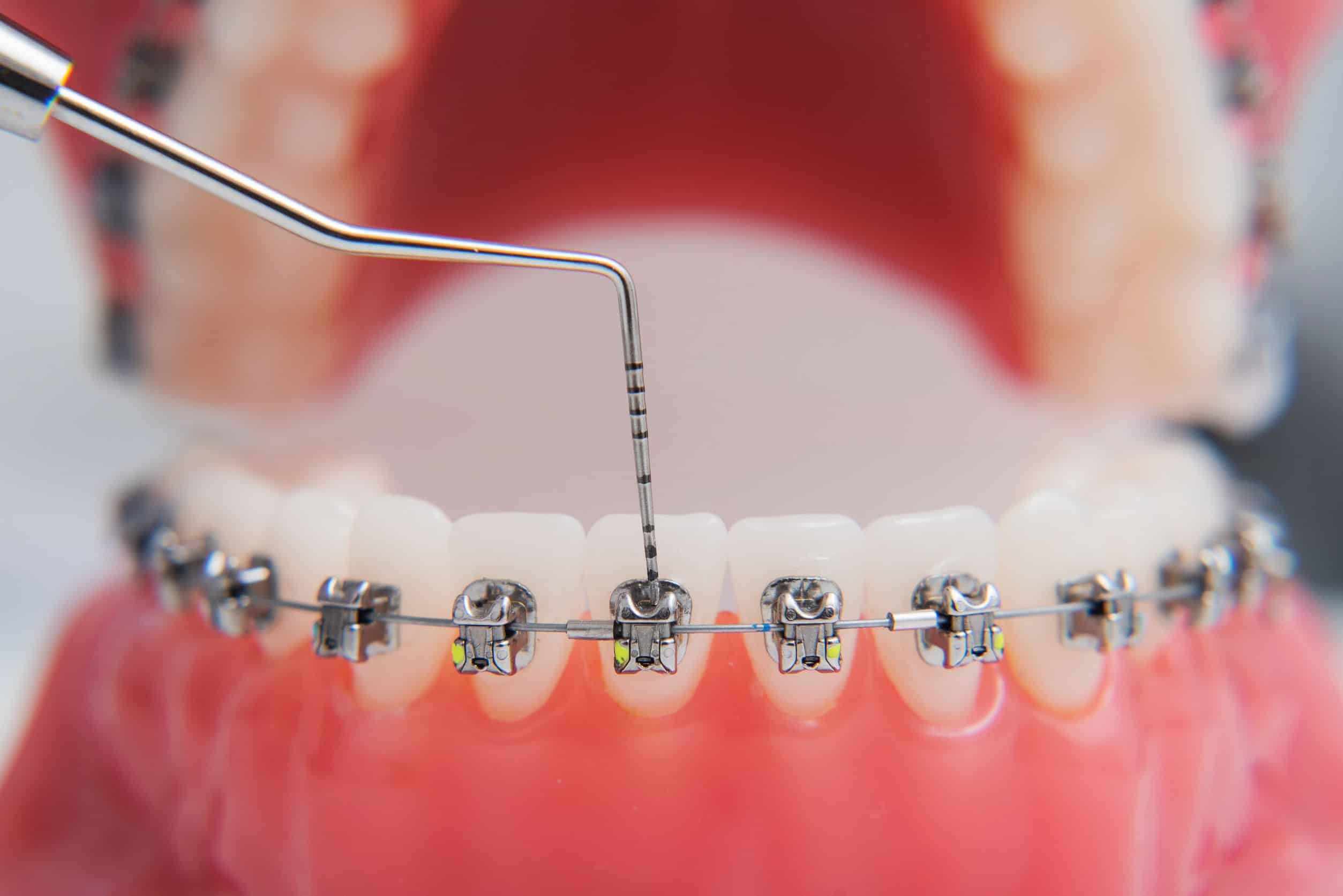Comprehensive Overview to Orthodontics Treatments for Correcting Dental Imbalances
In the world of orthodontics, the journey to achieving a completely straightened smile involves a myriad of procedures tailored to deal with dental imbalances. From traditional braces to unseen aligners and also surgical options, the area of orthodontics offers a variety of services to attend to differing degrees of dental abnormalities. Understanding the details of each procedure, including their devices, advantages, and possible disadvantages, is crucial in making informed decisions regarding one's orthodontic treatment. As we browse via the comprehensive guide to orthodontic procedures for dealing with dental misalignments, the elaborate details of each technique will unfold, clarifying the course towards a useful and unified oral positioning.
Orthodontic Procedures Summary

Regular modifications and surveillance are vital components of orthodontic treatment to guarantee progression is on track and to make any required adjustments along the means. By undergoing orthodontic procedures, clients can not only accomplish a straighter grin yet additionally boost their total dental health and wellness and feature.
Typical Dental Braces: How They Work
When thinking about orthodontic therapies for oral misalignments, conventional dental braces attract attention as a reliable technique for correcting teeth placing. Standard braces contain braces, wires, and bands that function with each other to apply continuous stress on the teeth, progressively moving them right into the desired placement. The brackets are attached to the teeth utilizing an unique adhesive, and the cables are threaded via the brackets. By readjusting the stress of the cables, orthodontists can manage the direction and pressure put on each tooth, assisting them into appropriate positioning over time.
As pressure is used to the teeth through the braces, the bone surrounding the teeth is reshaped to support the new tooth settings. Individuals will certainly require routine modifications at the orthodontist's workplace to make certain the braces continue to apply the correct pressure for effective teeth movement.
Unnoticeable Aligners: Pros and Disadvantages
Unseen aligners supply a very discreet and hassle-free alternative to traditional braces for correcting oral imbalances. These clear, custom-made trays are practically invisible when put on, making them an enticing choice for individuals seeking an extra aesthetically pleasing orthodontic therapy. One of the key advantages of invisible aligners is their removability, enabling easier upkeep of dental hygiene contrasted to standard braces. Individuals can eliminate the aligners before consuming or brushing their teeth, minimizing the threat of food getting stuck in the device and simplifying the cleaning process.

Surgical Orthodontic Options
Surgical treatments in orthodontics existing sensible alternatives for addressing complex dental misalignments that may not be effectively dealt with with conventional orthodontic treatments. While conventional braces and invisible aligners can correct many orthodontic concerns, particular situations require medical intervention to attain ideal results. Surgical orthodontic choices here are generally recommended for severe malocclusions, significant jaw disparities, and instances where the underlying bone structure needs alteration to attain proper alignment.
One usual medical orthodontic procedure is orthognathic surgery, which entails repositioning the jaws to correct useful problems such as problem chewing or talking. This surgical treatment is typically performed in partnership with an orthodontist that assists align the teeth prior to and after the treatment. Surgical orthodontics may also include treatments to expose impacted teeth, get rid of excess gum cells, or reshape the jawbone to develop a much more harmonious Related Site face account.
Before thinking about medical orthodontic choices, individuals undertake a detailed analysis to determine the need and prospective benefits of such interventions. cumming aligners. While surgery may seem daunting, it can considerably improve both the function and visual appeals of the smile in cases where standard orthodontic treatments fail
Retainers and Post-Treatment Care

Post-treatment treatment includes following the orthodontist's instructions carefully. This might include proper dental hygiene techniques, going to follow-up consultations, and putting on the retainers as recommended. Failing to conform with post-treatment treatment guidelines can cause regression, where the teeth slowly return in the direction of their initial placements. Consistent retainer wear, excellent oral health, and regular oral exams are vital for maintaining the results attained with orthodontic surgical my site procedure and ensuring the long-term stability of the corrected dental alignment.
Final Thought
In final thought, orthodontic procedures provide numerous choices for dealing with oral imbalances. Surgical orthodontic options are offered for a lot more severe imbalances. Generally, orthodontic treatments can successfully improve dental health and aesthetic look.
As we browse with the detailed guide to orthodontic treatments for remedying dental misalignments, the elaborate information of each technique will certainly unfold, dropping light on the course towards a harmonious and practical oral placement. - cumming orthodontics
One of the most common orthodontic therapies is the usage of braces, which are composed of steel brackets and cables that apply gentle pressure to slowly change teeth right into the wanted placement.When thinking about orthodontic therapies for dental imbalances, conventional dental braces stand out as a time-tested technique for correcting teeth placing. In addition, invisible aligners might not be suitable for complex orthodontic problems that require more considerable teeth motion, as they are generally recommended for mild to moderate cases. Retainers are personalized orthodontic tools created to hold teeth in their corrected settings after the completion of orthodontic treatment.